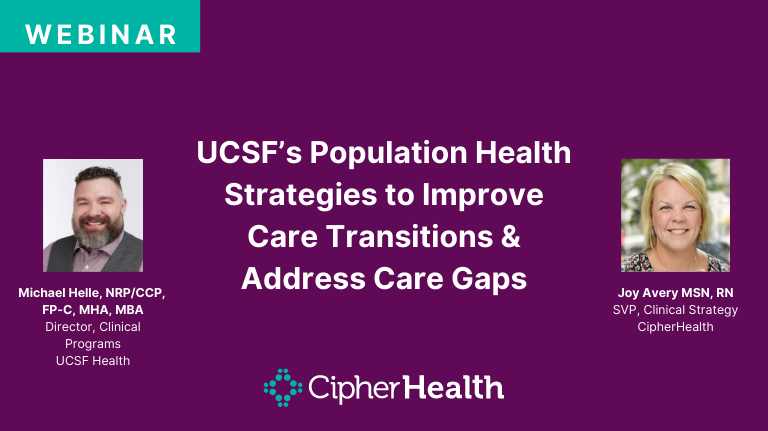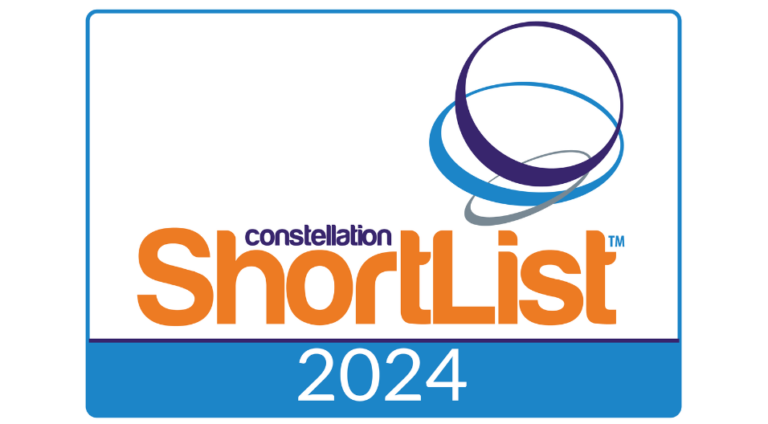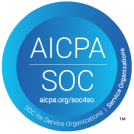Published in Healthcare IT News
Ask anybody who’s interacted with the US healthcare system about their relationship with healthcare, and they’ll probably describe themself as a recipient of care.
Why is it that patients don’t feel as though they’re owners of their care journey? What if we could empower and enable them so they do, instead of viewing themselves as passive recipients of care; a single patient among countless others?
It’s long been the goal of patient engagement to create and enable these kinds of patients, and pioneering solutions like patient rounding and outreach have gone a long way to narrowing the gap. But while transformative at the time, these engagement tactics were sometimes siloed and fell short of delivering on a vision of communications that truly put the patient at the center.
Now, patient engagement is at an inflection point. In fact, we’ve reached a point where the term “patient engagement” feels outdated—it no longer describes what the field is aiming to achieve.
A new era prioritizes making every interaction personalized, informed, and human-centric. It empowers patients as drivers of their own care through self-service channels. And it leverages technologies like AI, automation, and data analytics to uncover insights that can elevate the entire care experience.
It doesn’t just optimize patient communications—it redefines the patient-provider relationship. This next era of engagement? It’s not engagement. It’s “Patient-Centered Communications.”
Patient Engagement: The Evolution of Outreach
To understand where we’re headed, we need to take a look at where we’ve been.
Patient Engagement 1.0: The Groundbreaking Early Days
The first wave of patient engagement was pioneering. Engagement was mostly defined by patient rounding and automated calls. It was transformative, but over time led to health systems getting multiple disconnected point solutions that were transactional and started/stopped with each patient encounter with the health system. Friction was high: patients were commonly asked the same questions by different care team members time and time again. Interactions were episodic, focused on getting patients through a single touchpoint, making them feel isolated with limited consideration of the patient as a person.
Patient Engagement 2.0: Pushing Boundaries Across the Care Continuum
As healthcare evolved, outreach became more purposeful and omni-present, with digital touchpoints taking place across the entire care journey. From a patient perspective, however, the experience still felt disconnected, and lacking coherence from visit to visit. Without central data unification, hospitals missed out on the force multiplier of consolidated analytics to inform communications between patients and care providers.
The New Era: Boundless, Patient-Centered Communications
Now, a new era has arrived. Patient-Centered Communications represents a fundamental shift in how healthcare providers connect with those they serve. At its core, it’s about making every patient feel as though they are at the center of their own care journey, and that they are known and understood by their care team.
Patient-Centered Communications revolves around a few core tenets, the first being patient agency. Via self-service functionality, hospitals can allow patients to interact with their providers when and how they want across channels and modalities.
Through AI, automation, and data analytics, the next era of patient communications can uncover insights that elevate care experiences, enhance efficiency, and improve health outcomes while keeping the integrity of personal connections. Imagine rounding workflows automated through adaptive, dynamic scripts tailored to each patient’s needs. Or personalized coaching in real time driven by an individual’s health profile and potential risk factors—transitioning from a scattered, confusing maze into an empowering journey.
Most importantly, Patient-Centered Communications connect every channel into one cohesive, interoperable platform. This unified approach produces a continuous feedback loop of patient-generated data that not only makes patients feel known, but can be aggregated, analyzed and acted upon at scale.
The result is a communications model that treats patients as individuals—but at scale. Putting patients in control of their care—while providing all the tools and resources they need to manage it effectively—creates a ripple effect of benefits across the continuum.
How Patient-Centered Communications Revolutionize Care
When healthcare organizations fully embrace patient-centered communications, optimizing the entire experience for patients and providers alike, the impacts are wide-ranging:
Connected Conversations that Transform Care
Proactive, data-driven outreach creates patients that feel they are truly known by their care teams. They are more informed about their care, make healthier decisions, adhere to care plans, and have stronger relationships with their care teams. The end result? Higher adherence rates, fewer readmissions, and improved outcomes.
Personal Connections that Keep Patients Coming Back
The future of healthcare is one defined by consumerism. By giving patients the ability to access care on their terms, through seamless experiences tailored to their preferences, providers can elevate patient experience to compete, cultivating brand loyalty and cutting network leakage.
Partnerships with Patients Impact the Bottom Line
When patients are truly engaged as partners, actively participating in their health journeys, the benefits go far beyond health outcomes. Hospitals and health systems are able to meaningfully address cost drivers by keeping patients in network, reducing no-shows, and lessening preventable readmission rates.
Care Team Connectivity
Healthcare faces a historic labor shortage, with a nursing gap expected to grow to more than 275,000 by the end of the decade. Automating workflows, connecting data across silos to reduce redundancy, and using AI to immediately surface contextual insights at the point of care all help to meaningfully improve the experience of frontline healthcare employees so they can manage by exception spending the right amount of time with patients that need it most.
The Future of Patient-Centered Care
We’re only now scratching the surface of Patient-Centered Communications’ potential impact. We’ll see artificial intelligence that goes beyond automating routine tasks to actually driving dynamic, multiturn conversational experiences tailored to each individual—all the while maintaining provider involvement and oversight. Imagine an AI assistant that can provide adaptive care plan advice, or rounding scripts can be more dynamic than static, allowing for on-the-fly personalization.
Meanwhile, self-service will grow to be the norm, giving patients the tools to engage with their providers when they want and how they want. As these capabilities converge under the Patient-Centered Communications model, patients won’t just be engaged recipients of healthcare services, but empowered owners of their own health experiences.
The future is already unfolding, but it will take an industry-wide embrace of Patient-Centered Communications principles to fully realize its potential. By placing the patient at the center of design, strategy and operations, we can redefine what’s possible in healthcare.









